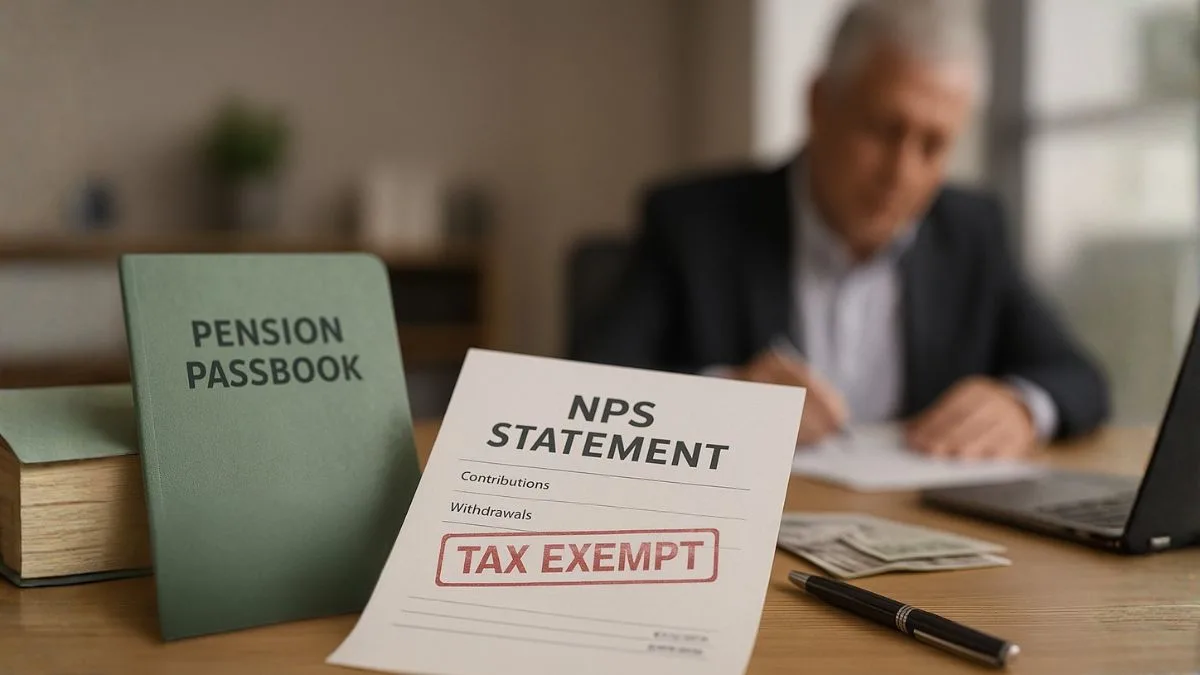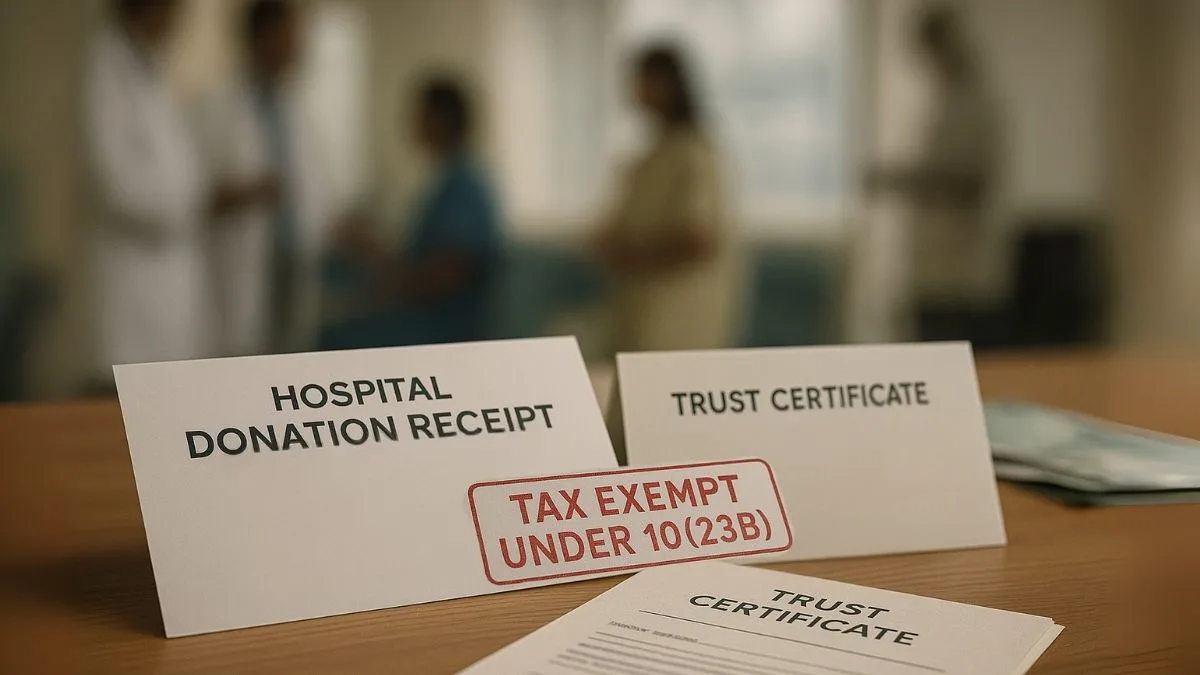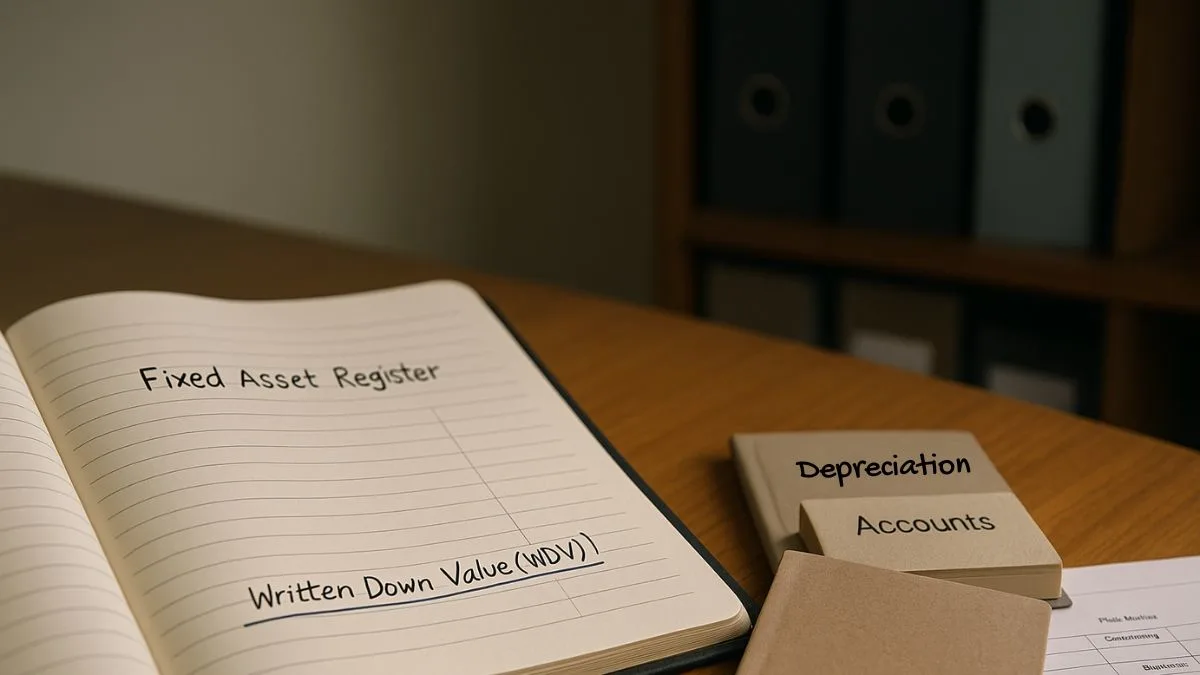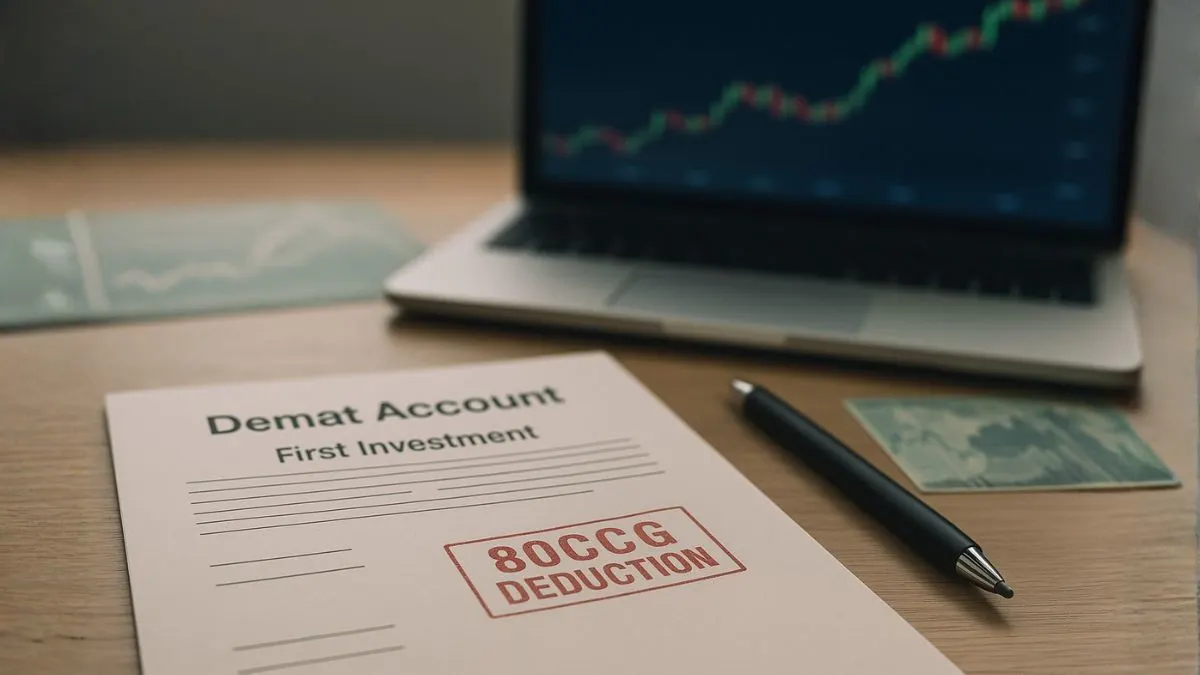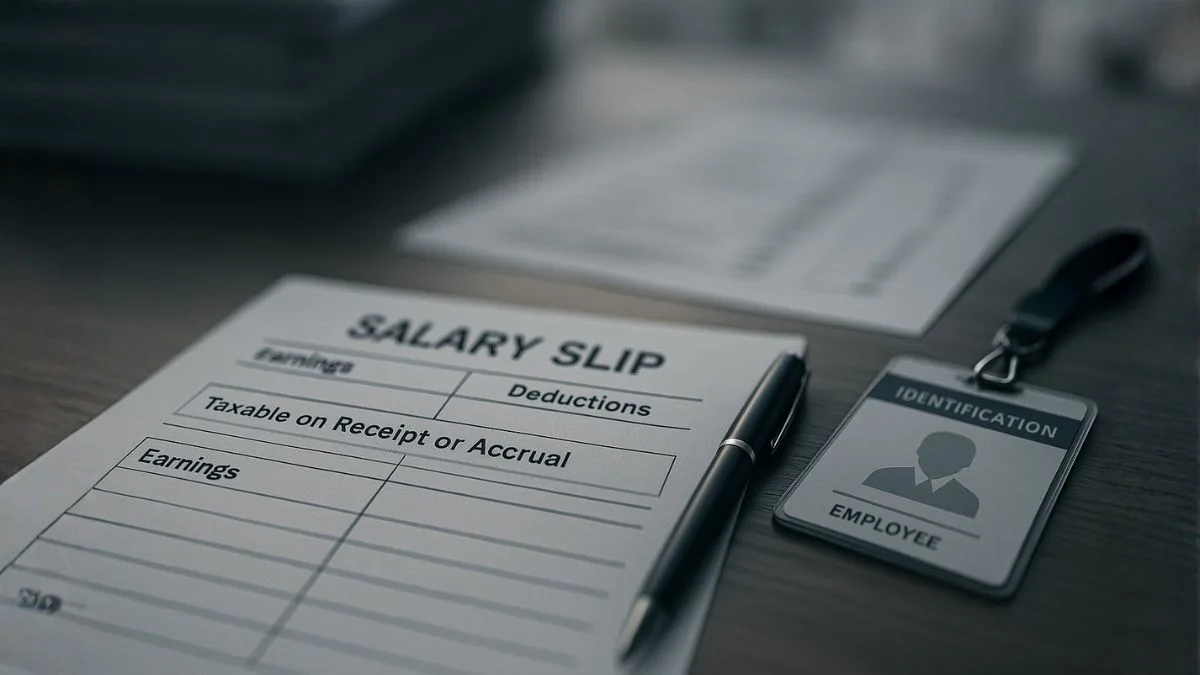
Not every rupee that’s taxable in India has to actually hit your bank account. That’s the whole idea behind Section 7 of the Income Tax Act, 1961 — it tells us when money is considered received even if you haven’t physically got it yet.
This rule plugs a big loophole. Without it, people could delay receiving income to another year & dodge tax for the time being. Section 7 makes sure income is taxed the moment it becomes due or credited, not when you finally withdraw or spend it.
What Section 7 Really Means
Section 7 defines “Income deemed to be received.”
That simply means: if the law says you’ve earned it, it counts as received — even if the cash hasn’t arrived.
Example?
Your salary is credited on 31 March 2025 but you withdraw it in April. For tax purposes, that salary belongs to FY 2024–25.
Likewise, your employer’s extra contribution to your provident fund over the permitted limit is income deemed received the day it’s credited.
So, the tax clock starts ticking when the income becomes legally due, not when it lands in your hand.
Objective of Section 7
- The government’s goal here is pretty straightforward: stop revenue leakage through delayed receipts.
- Section 7 keeps taxpayers from shifting income across years to lower their tax burden.
- It also syncs accounting reality with taxation so the right income is taxed in the right financial year.
Also Read: Section 57(iii) – Deduction for Expenses to Earn Income from Other Sources
Categories of Income Deemed to Be Received
Here’s what falls under this section:
- Employer’s Contribution to Recognized Provident Fund (RPF)
Contributions above ₹ 7.5 lakh (combined limit for PF NPS superannuation) become taxable in that year. - Interest on Recognized Provident Fund
Interest credited beyond 9.5 % p.a. is treated as taxable income for that year. - Transferred Balance from Unrecognized to Recognized Fund
When an unrecognized PF turns recognized, the transferred balance counts as income deemed received. - Tax on Perquisites (Fringe Benefits)
If your employer pays tax on your behalf — say for accommodation or car use — that tax amount is your income too.
Together, these items ensure every benefit arising from employment gets taxed under “Income from Salaries.”
Practical Examples
Example 1:
Mr A’s employer contributes ₹ 10 lakh to his PF. Since ₹ 7.5 lakh is the limit, ₹ 2.5 lakh becomes income deemed to be received & taxed in that year.
Example 2:
Ms B’s company pays income tax on her housing perk. Even though she never pays it herself, that amount counts as income deemed received.
These everyday cases show how Section 7 quietly ensures fair taxation.
Link with Section 15 – Salary Taxability
- Section 15 decides when salary is taxable — when it’s due, paid, or even in advance.
- Section 7 adds another layer: when something is deemed received.
Together they remove ambiguity, ensuring no salary, allowance, or perquisite slips through untaxed or gets taxed twice.
Income Partly Agricultural and Partly Business
Some businesses — like tea, coffee, or rubber processing — mix farm work & industrial processing.
Here, Section 7 helps determine what part is “agricultural” (exempt) and what’s “business” (taxable)."
For instance, in tea manufacturing, 60 % is agricultural, 40 % business.
This split keeps taxation balanced while preserving farm-income benefits.
Also Read: Section 10(16) of the Income Tax Act: A Relief for Students & Salaried Professionals
Interaction with Tax Exemptions
Even when income is deemed received, certain exemptions stay intact:
- Employer’s contribution to Public Provident Fund (PPF) remains fully exempt.
- PPF interest is tax-free under Section 10(11).
- Approved superannuation funds enjoy partial exemption based on contribution limits.
So Section 7 triggers taxation only where the law specifically withdraws exemption.
Importance of Section 7
- Prevents income deferral tricks.
- Ensures salary, interest, and benefits are taxed in the right year.
- Clarifies that “receipt” isn’t always about cash in hand.
- Brings employer-paid perks & fund contributions into the taxable net.
In essence, it keeps the system fair for both taxpayers and the exchequer.
Exceptions
A few items stay outside its reach:
- Statutory Provident Fund contributions by government — exempt.
- Interest on PPF — fully exempt.
- Certain superannuation benefits — partly exempt depending on tenure & withdrawal.
So, while Section 7 casts a wide net, genuine retirement savings remain protected.
Landmark Judgment
In CIT v. L.W. Russel (1964), the Supreme Court ruled that tax paid by an employer on an employee’s perquisite is itself income deemed received by that employee.
This judgment widened Section 7’s scope — even indirect monetary advantages can’t escape taxation.
Also Read: Tax-Free Allowances for Work-Related Expenses
Income Received vs Deemed Received
|
Basis |
Income Received |
Income Deemed to Be Received |
|
Nature |
Actually received in cash / kind |
Legally treated as received though unpaid |
|
Example |
Salary withdrawn |
Employer PF contribution above limit |
|
Tax Year |
When money received |
When due / credited |
|
Control |
In your possession |
Under statutory deeming rule |
Understanding this distinction helps in accurate income reporting.
Taxability Under Section 7
All such income is taxed in the year it becomes due or credited.
Usually, it’s taxed under “Salaries.”
If not employment-linked, it may fall under “Income from Other Sources.”
Rates follow the taxpayer’s applicable slab.
Practical Tips for Taxpayers
- Track employer contributions to PF / NPS / superannuation yearly.
- Check that interest credited doesn’t exceed the exempt limit.
- Disclose perquisites (house, car, taxes paid by employer) correctly."
Doing this keeps your Form 16 clean & prevents future notices.
NRIs and Section 7
For Non-Resident Indians, income deemed received in India is taxable even if the payment happens abroad, as long as it arises from Indian services or funds.
Example: interest earned on an Indian PF account by an NRI — taxable in India.
Key Takeaways
- Section 7 taxes income when it becomes legally due, not when cashed.
- Covers PF contributions, interest, and perquisites.
- Prevents tax deferral & ensures fair year-wise reporting.
- Recognizes partly agricultural business income separation.
- Keeps valid exemptions under PPF / superannuation intact.
Also Read: Tax-Free Life Insurance Benefits
Conclusion
Section 7 might sound technical, but it protects the tax system from a simple loophole — “I haven’t received it yet.”
By taxing income when it’s due, it keeps reporting honest & the revenue flow steady.
For salaried individuals, NRIs, and employers alike, understanding this section means better planning, cleaner filings, and no last-minute surprises.
Not sure which of your earnings count as “deemed received”?
👉 Visit CallMyCA.com — our tax professionals will decode Section 7 for you, help compute exempt & taxable portions, and ensure your return stays 100 % compliant.



